Jason Voorhees
Say cheese
- Joined
- May 15, 2020
- Posts
- 79,185
- Reputation
- 230,785

I learnt a lot about TVs today
My mum and I have been looking for a large 65 inch TV for the living room. The one we have one is like 7 years old and stutters a lot. It's very confusing to navigate all the terminologies, acronyms. It's a mess but I made sense of it all. I could make a thread explaining it
I have been looking for a TV for my living room for long time now and finally decided to buy one. I am big movie junkie. I spend all my mornings watching TV shows and movies but I discovered that The TVs these days have very confusing terms. “Quantum Matrix”, “Neo QLED”, “QNED”, “Mini LED Pro”, “Dolby Vision IQ Ultra Super Max” didn't understand anything but most of that is marketing BS.After spending hours in stores and researching online. I've learned a lot and I wanted to make a thread so it can spread knowledge, make someone's life easier and will act as reference for me. I realized you only need to care about 3 things when buying a TV.
1. Panel technology
2. Refresh rate
3. Picture quality (contrast, brightness, color accuracy)
Everything else like “AI Upscaling”, "8K resolution etc. is just fluff.
Most of this applies to monitors too, but I focused on TVs because that was what I was buying
1. Panel Technology (The Most Important Part)
This is where 90% of your TV’s picture quality comes from. Here’s the breakdown:
Direct LED
Basic backlight — decent for secondary rooms (like garages or guest rooms)
Poor contrast and uniformity, blacks look greyish. There's a white halo around objects and the picture quality is generally shit. These are good for cheap setups not your main TV. I would avoid them tbh because you can get much better TVs if you are willing to spend a little more
Full-Array Local Dimming (FALD)
LED zones behind the screen dim/brighten individually. Much better contrast and color accuracy. I noticed it instantly. If you are on tight budget. This is the best TV imo. Sometimes they might say it has 500,1000 dimming zones. The more the better.
Here's a video demonstrates the difference
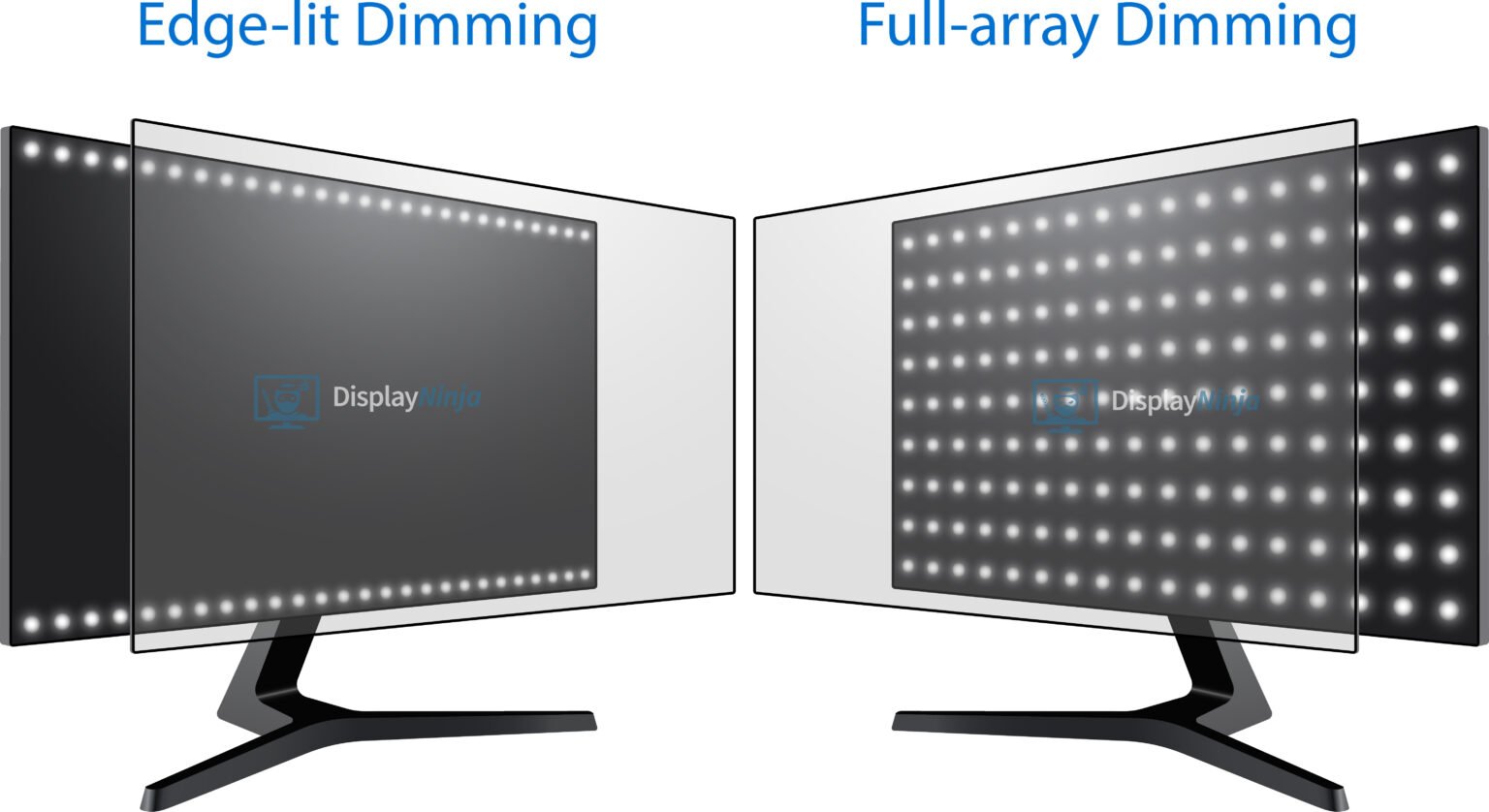
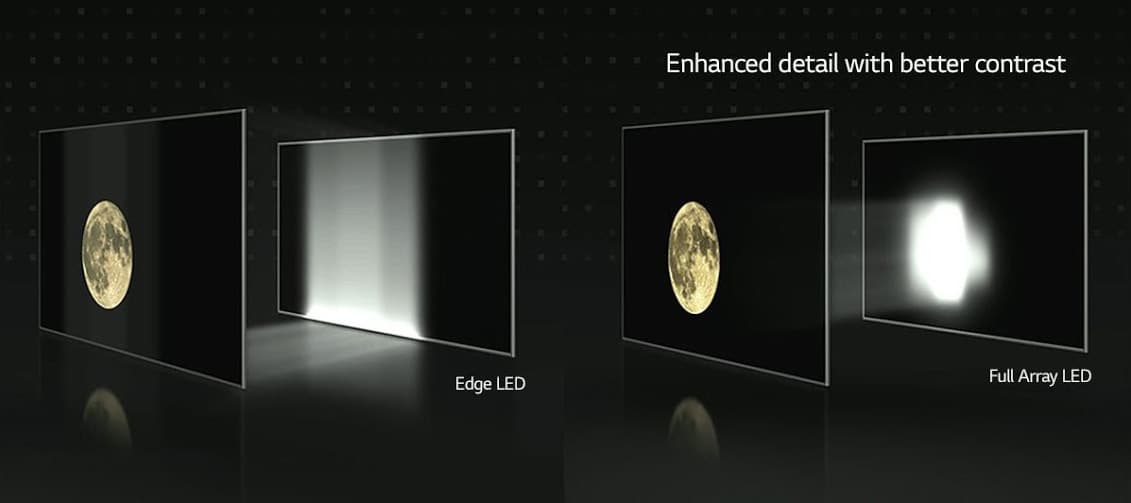
Quantum Dot (QLED / Triluminos / QNED)
Uses Quantum Dots to improve brightness and color range. This is the next best TV technology. I personally can tell the difference but the difference isn't massive like going from edge lighting to local array dimming. Different TV Manufacturers call them different names
Samsung → QLED / Neo QLED
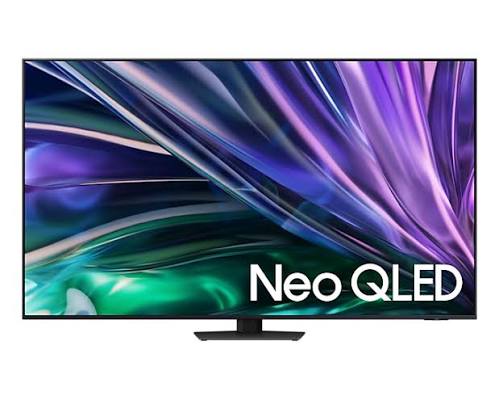
Sony → Triluminous
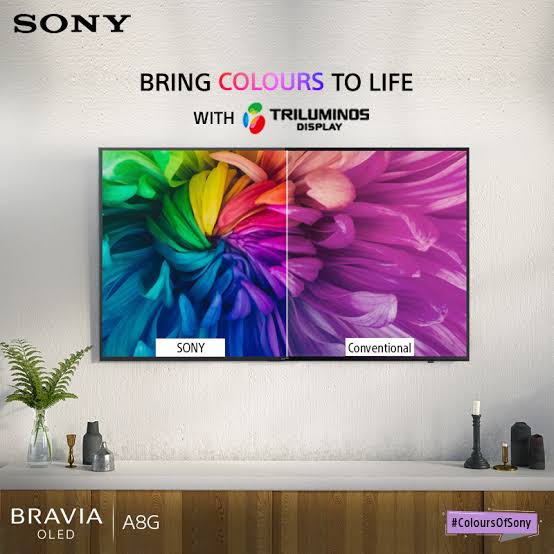
LG → QNED
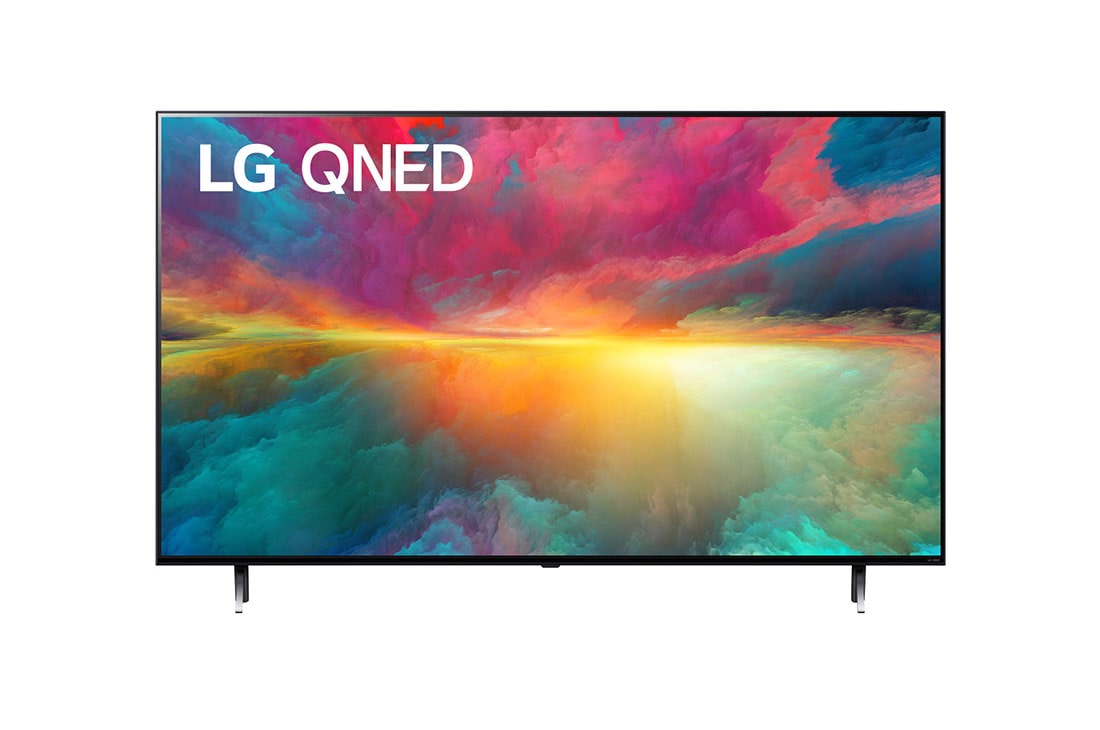
The biggest reason to buy them is they typically supports HDR content (Netflix HDR, Disney+, etc which actually looks amazing when done right. They have Fantastic color and brightness. Great for bright rooms.
Mini-LED
Tiny LEDs packed more densely. More better local dimming and higher peak brightness. Most Mini-LEDs TV also have the quantum dots technology I mentioned earlier. These look very close to OLED. Like in some scenes that had a lot of white light in the store I couldn't tell the difference in between them and OLEDs. So these are also a great pick they can also get insanely bright. Great for bright living rooms or daytime viewing. If you don’t want to spend OLED money, Mini LED is also great imo
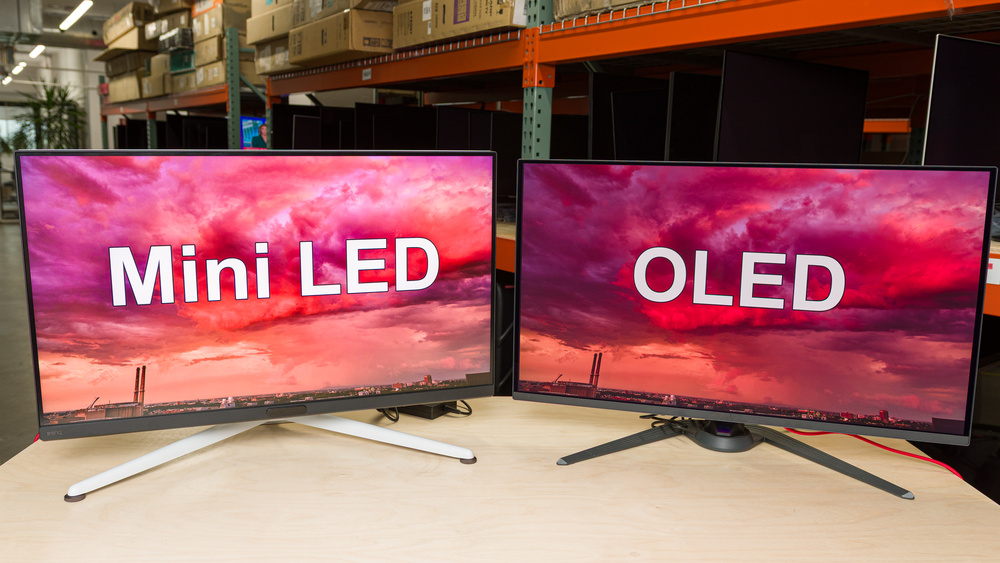
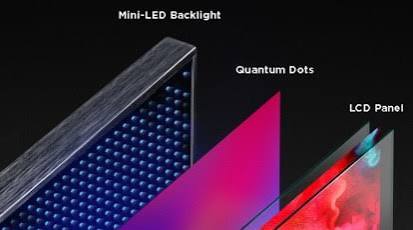
OLED (Organic LED)
The king of all TVs. Each pixel lights up independently. Perfect blacks, infinite contrast, stunning colors. I could physically see the difference in colors and how amazing it looked. They are also Insanely thin (some are thinner than your phone). These TVS are Perfect for dark rooms or cinematic viewing. The only downside is the entry level ones and older models have lower peak brightness potential image retention. If you can afford it, get OLED. It’s worth every penny imo
Subtypes of OLED:
W-OLED → Standard OLED. Incredible picture quality, not as bright as QD-OLED, but bright enough for most people. Best value for money OLEDs. As good of TV as you'd want for 99% of people
QD-OLED → Quantum Dot + OLED = brighter, more colorful. Top-tier models from Sony & Samsung but besides brightness I couldn't tell a real difference tbh. QD-OLEDs are better than W-OLED but not by much
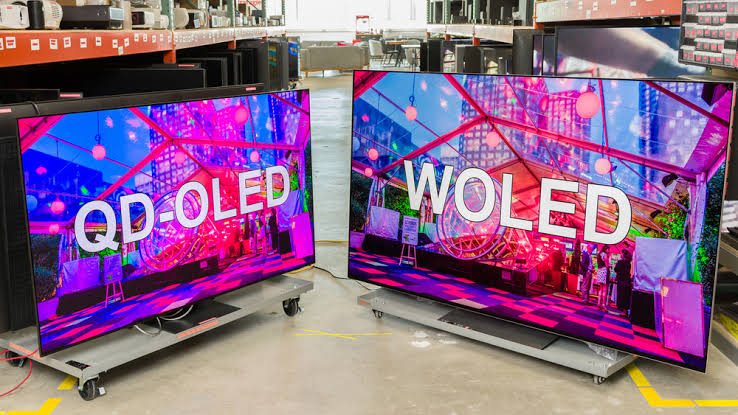
Tandem OLED → OLED layers stacked together. Think OLED on steroids. Insane brightness, colors and durability. The best and most cutting edge tech money can buy but very very expensive. You'd expect me to say that I didn't notice any difference or it looks the same ironically I did. The lg g9 with tandem oled were much brighter, looked more life like. They had some Mandalorian scene playing and picture quality on it was unmoggable. Like I never saw the movie look that good but the normal oled was also very good. Like 95% of the way there is that 5% difference worth the thousands of dollars extra? only you can tell but I'd be lieing if I said it looks the same
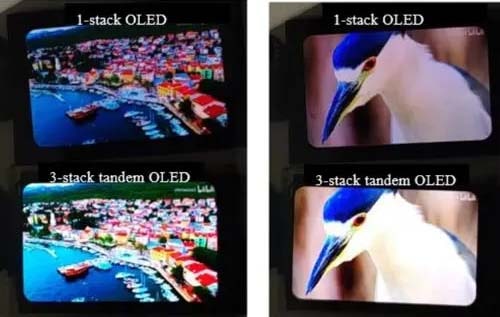
I would suggest going to the department store and looking at these different panels side by side. Like look at MiniLEDs and OLEDs side by side and make the decision. My dad had come with me for shopping. I personally did see differences but my old man couldn't tell the difference between these panels so it depends on what you perceive. It's very subjective
2. Refresh Rate
60Hz vs 120Hz that’s all you need to know.
120Hz looks smoother, especially for sports, gaming, or fast scenes.
Most mid-range to high-end TVs have 120Hz. Don’t get tricked by fake “Motion Rate 240” or “XR 480Hz” it’s just marketing math. get a 60 hz if you just watch movies and a 120 hz if you have a ps5 or something to do gaming.
Brand matters less than panel + features. But keep in mind software Ul and remote ergonomics are part of the experience and do differ these are my recs.
Brand Recommendations
Sony → My favorite. Excellent processing, colors, and sound. Very smooth UI (Google TV). You do pay a premium for all this tho as Sony only makes premium TVs
Samsung → Great panels very bright, good for sports/gaming. UI is clunky, remotes are weird but overall still a very great pick
LG → Best bang for buck OLEDs. WebOS is clean and they’ve nailed OLED tech pretty much. A lot of their TVs also have G-Sync all the bells and whistles. Only problem is their sound is meh and their image processing isn't as good as Sony or samsung
These are the main big players but TCL, Hisense and even the Walmart brand Vizio are quite nice. Like I said panel and features over brand
Things to Ignore
8K TV: Complete waste of time. Even pixel peeping 1 foot away. I couldn't tell the difference on a 65 inch TV. Also there's 0 8K content. No point. Just buy 4k and spend the rest of money on better panel
G-Sync Premium / FreeSync Premium Pro (for a TV): If you're using the TV for gaming on PC or console, having variable refresh rate support is useful but the ultra specific branding Premium Pro / Ultimate isn't necessary if you're not a hardcore gamer.
"Star Rate" HDR: HDR is great but if sit reasonably far from the screen or your living room is not flooded with bright daylight like TV isn't directly facing a big window that washes it out. Then going from a "1000 nits peak HDR" panel to a "2000 nits peak HDR" is pointless. You'll barely notice a difference. It matters more on monitors than TVs.
TV recommendations
Entry level TVs($300-600)
Good for small bedrooms, studio apartments, casual Netflix/Youtube watching
Hisense U6K - Quantum Dot+FALD under $600 goes on sale for under $400 somtimes massive value.
Vizio MQX - Affordable, FALD zones, solid HDR
Mid-Range Sweet Spot ($700 - $1,200)
Hisense U8N (2024) - Mini-LED,1500-2000 nits, top performer for under $1k.
Samsung Q80C - Neo QLED, bright and samsung features
Premium Range ($1,300-$2,000)
LG C4 (2024) - The default TV to recommend if you want an OLED TV
Sony A8OL (W-OLED) - Best color accuracy & you get the sony processing
Ultra-Premium ($2,000 - $5,000+)
Sony A95L - QD-OLED king unmatched picture processing
LG G4 - new Tandem OLED tech. huge brightness and sleek design
Screen Size and Ideal Viewing Distance
43-50" if you view from 5-7 ft (1.5-2 m)
55" if from 6-8 ft (2-2.5 m)
65" if from 8-10 ft (2.5-3 m)
75"+ if from 10-12 ft (3-3.5 m)
65" is generally the best value bang for the buck option
Also I highly recommend getting a soundbar. The middle and high end TVs have very decent sound but they still get mogged by even budget $200 soundbars. It's not that the TV makers don't try it's just that good sound needs physical space. TV panels keep getting thinner, leaving no room for proper drivers or bass chambers so soundbars will always be better. Dialogues in movies are clearer, bass actually has presence, and overall everything feels better. Sonos/Bose if you want to splurge but even budget ones are good.
Last edited:


